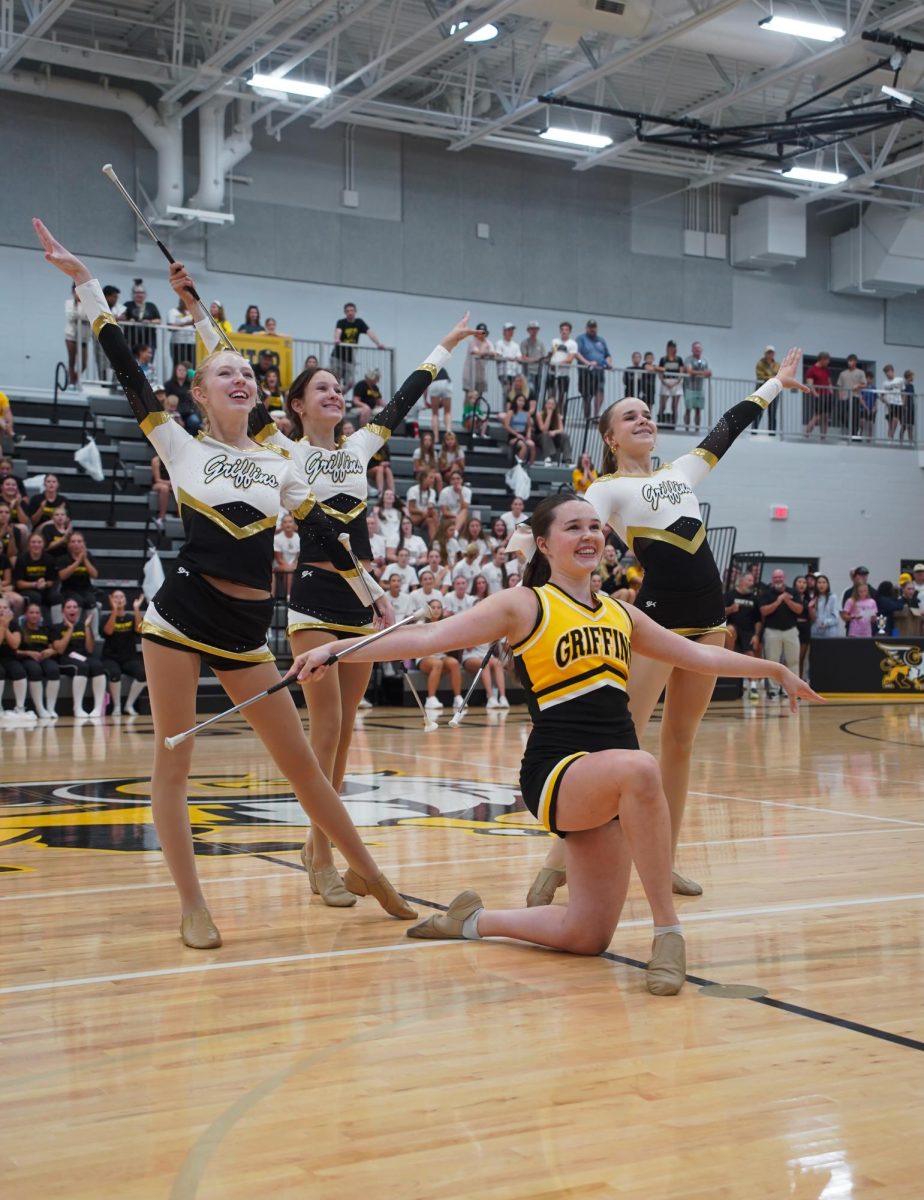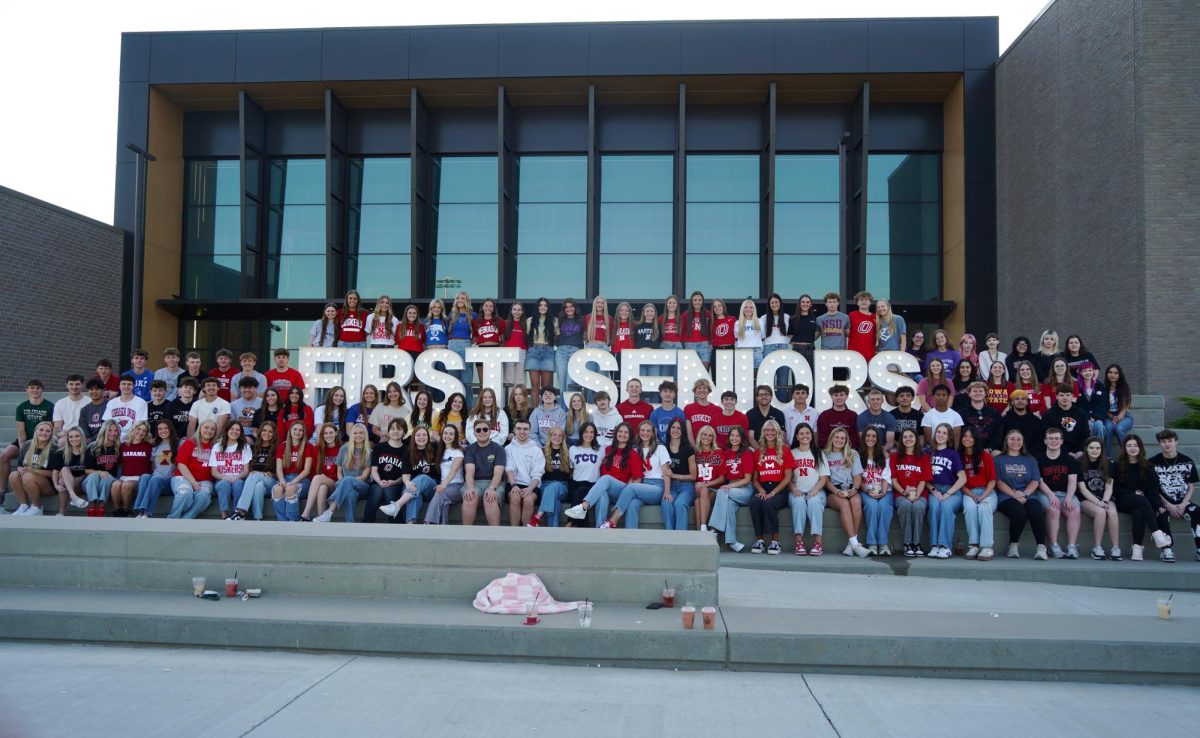DISCLOSURE: This is an opinion article. Please note that unsigned editorials represent the collective opinion of The Wingspan student news staff and do not necessarily represent the opinion of the adviser or Gretna East High School. Columns represent the opinion of the author alone and do not necessarily represent the opinions of the adviser, the Wingspan staff or Gretna East High School.
Schools around the Metro began to feel the pulses from little to no change during the offseason regarding rules and regulations as they pertain to transferring schools for athletics. With the Nebraska Schools Activities Association’s (NSAA) current 90-day transfer policy, some schools felt the piercing sting of losing second and third-year athletes. This was painfully clear when Omaha Benson had to end their football season two weeks prematurely due to an insufficient number of players. However, new proposals that have been made to the NSAA may have a chance to prevent situations like that.
A proposal, brought forth by Lincoln Northeast Athletic Director Matthew Uher, could be the first step to closing loopholes that have been taken advantage of by athletes and coaches who essentially “recruited” them.
Uher’s plan calls for the 90-day sit-out policy to be doubled to 180 days, unless they are on the official May 1 transfer list. Switching to 180 days would essentially cause athletes who transfer at semester break to sit out the full upcoming season instead of potentially being able to play at least part of it. For example, if an athlete leaves School A in December with the goal of playing a spring sport at School B, the first part of the current 90 days of sitting out would start in January, during the winter sports season. With Spring sports not officially starting until March, they would only need to sit out approximately one month of the spring sports season and then could start playing for School B mid-way through.
While all proposals to the NSAA have to go through a layered voting process, if Uher’s passes, hopefully, it will discourage athletes from transferring and abandoning their teammates and coaches.
Without this 180-day ruling, the better teams will continue to grow, and smaller, less-favored school teams will fall deeper into a ditch and could potentially be canceled permanently. I’m not the only one worried about this becoming a reality.
Luckily, last month, Uher’s proposal passed the initial vote during an NSAA district meeting and advanced to the next round which will be voted on in January.
The proposal must go through six separate votes, each varying in who votes and the amount needed, for it to become part of the bylaws. This needs to be passed if the NSAA wants to limit teams from losing numerous players, such as Benson. If the vote does not pass, powerhouse programs will continue at the demise of home-attendance schools and ruin athletics around Nebraska.
Another proposal, submitted by Fremont High School Athletic Director Scott Anderson, could be the catalyst for more change throughout all high school sports and divisions. His proposal would adjust the scheduling for Class A football by splitting the league into two: Class A1 and Class A2, which would prevent the bottom 16 teams from having to take on powerhouses in the top 16.
Anderson proposes that whether a team is Class A1 or A2 be determined by the number of wild card points a team scores during a two-year cycle. The top 16 teams would be Class A1 and bottom 16 would be in A2.
Every team in the A1 pool would automatically qualify for a 24-team playoff, with the remaining spots determined by the top teams in A2. The teams in A2 who don’t qualify for the playoffs would have a bowl week during week nine of the season, where they would be paired against another team that did not qualify. With this form of scheduling, the sharks at the top of Class A would no longer be able to feed on the less talented teams. Players would get to play the game for the enjoyment of the game without having to worry about the viscous teams who only care about earning wild card points and destroying teams.
This motion already passed through the first round of district meetings alongside Uher’s proposal and is slighted for another round where hopefully it receives the approval of at least three school districts.
A similar proposal regarding scheduling was proposed by Omaha Central Athletic Director Rob Locken. However, he suggests that power points be used instead of wildcard points and that bottom-ranking teams still face off against the more prestigious teams at the top of their divisions. Locken’s plan is too similar to the current NSAA scheduling policy, and it would only switch things up to prevent stagnant matchups, but it wouldn’t solve the issue of teams getting blown out by 70 points.
The NSAA has the opportunity to make a huge impact on the future of high school sports, and those who are voting members should vote yes for both Uher and Anderson’s proposals. If they don’t, the transfer window and frequency at which student-athletes transfer from school to school will only grow, and coaches will lose the chance to develop their freshmen into better players yearly because right now, their energy is forced to be focused on retaining athletes, not just building them. That’s not what high school sports are supposed to be about. It’s time to not only address these major issues but to do something about them because if not, more and more schools will opt out of competing in certain sports, and it will inevitably become a cancer that slowly kills high school athletics.
































































